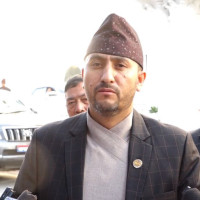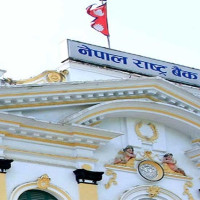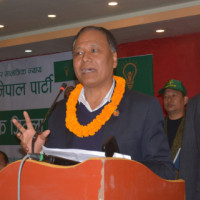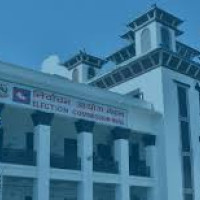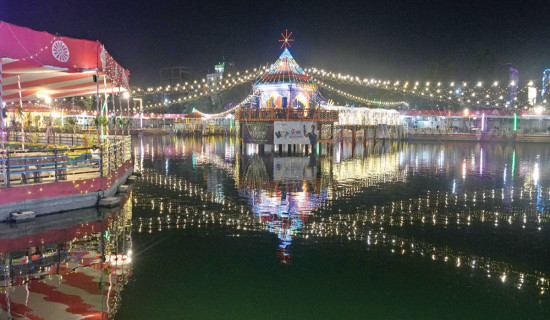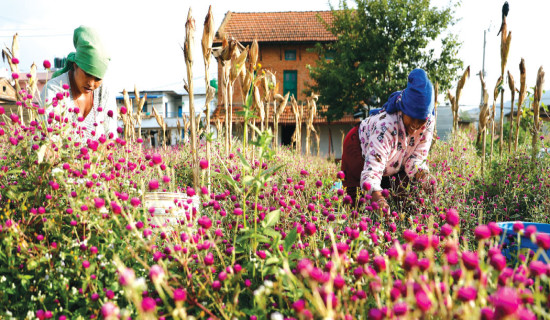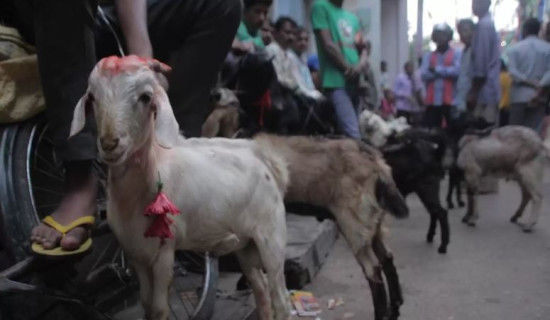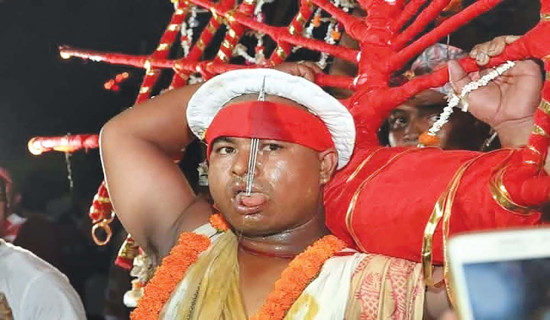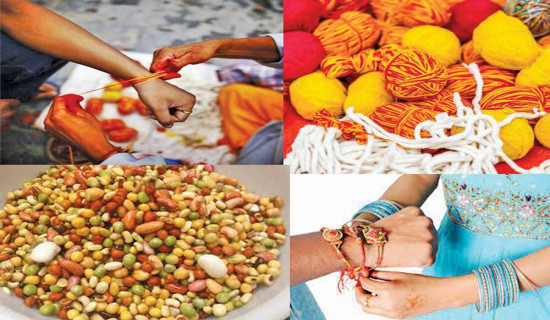- Tuesday, 16 December 2025
Thimi to see Mahakali dance after 80 years
Kathmandu, Aug. 3: The Prajapati community of Madhyapur Thimi will be performing the historically and religiously significant Mahakali Dance this year – for the first time in 80 years.
The community will be staging the masked dance for six days, beginning the day after Saparu (Gai Jatra), in the city after eight decades. This year, it will start from the home of community member Radhe Shyam Prajapati at Digu Tole, Madhyapur Thimi Municipality–5 and go around its designated route around the junctions and platforms (Dabalis) of the city. Believed to have been started by King Subarna Malla in the 16th century, the folk dance was last performed in the 1940s and the last house it began from belonged to Kuber Prajapati.
There are 26 people associated with Mahakali Dance. Of them, 17 are Devgans who dance as various deities. One performs as the lead Mahakali, one each as Mahalaxmi and Devi, four as Vetals, two as Bhairav, two as Khyak, two as Makas (monkeys) and one each as Singha (lion) and Daitya (demon). The remaining members play music and carry out other activities to successfully portray the battle between the goddess and the demon Mahisasur through the colourful masked dance.
“The Devgans are not your average dancers who can idle around. No, the dancers here have to abide by strict restrictions on what they can eat and drink, where they can sit and how and even who they can talk to,” shared Samir Sankhadev. “They have to dance barefoot and once they start, they must not stop – whether there’s rain, wind or even an earthquake.”
“Their steps also have to match with the beat of the music,” he added.
Elaborating on the rules the dancers have to follow, Sankhadev said that the dancers were not allowed to go home during the dance festival. “They have to sleep at the house from where the dance begins,” he said.
Sankhadev, 30, lives in Digu Tole and is currently active in teaching the Dance to the next generation. To revive this traditional masked performance, he has been teaching the moves, which he learned from his teacher Shreegopal Prajapati in his childhood, to children ranging in age from seven to 19 years, for a month. They will be the ones dancing this year.
The locals have also formed a committee to manage all the things necessary to bring the Mahakali Dance back to life. For finances, individuals and organisations have contributed through donations.
Bal Krishna Shrestha, chairman of Ward No. 5, said that the local government would also provide a certain amount through its budget. The exact amount will be decided by a ward meeting but, in previous years, the local level used to set aside Rs. 200,000 for cultural dances like this one.
The management committee estimates that around Rs. 1.4 million will be needed for the dance. The large amount required is one of the several reasons that had been preventing the community from staging the dance for the past 80 years.
Thimi’s Mahakali Dance is arguably overshadowed by the one performed in its neighbouring Bhaktapur Municipality. There, the dance is performed thrice a year, on Yenya (Indra Jatra), Gai Jatra and Maha Nawami of Dashain.
In Thimi though, it is just performed once a year and differs from the Mahakali Dance of Bhaktapur in its performance technique, style and costumes.




